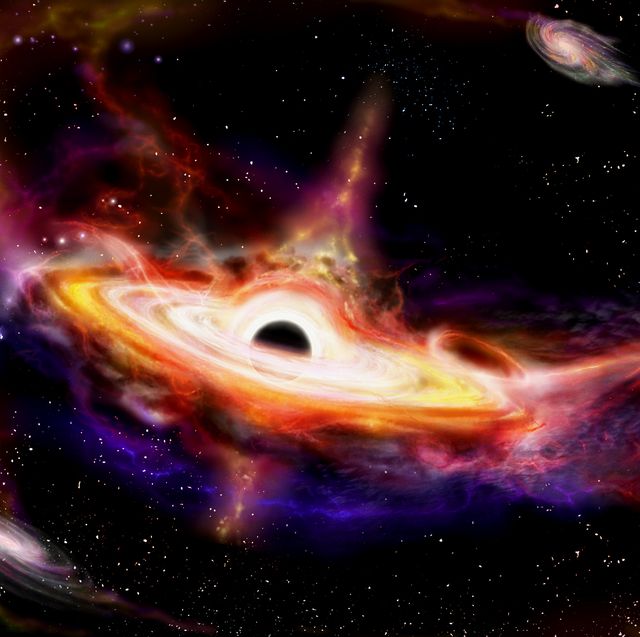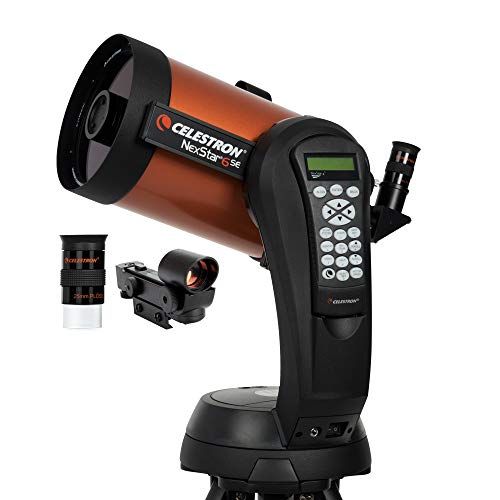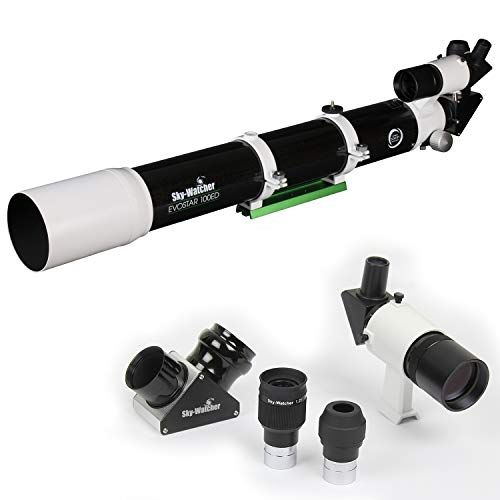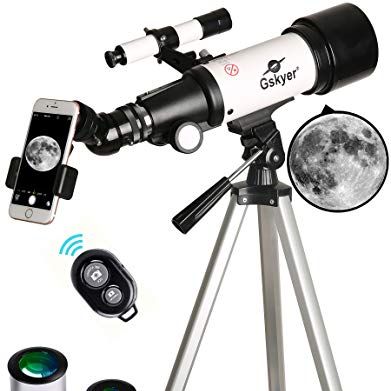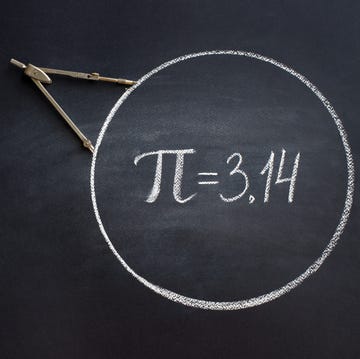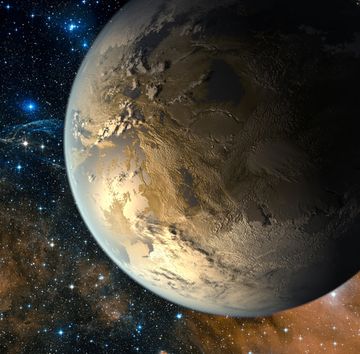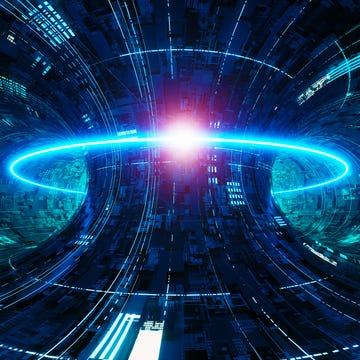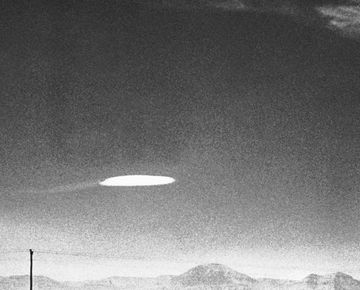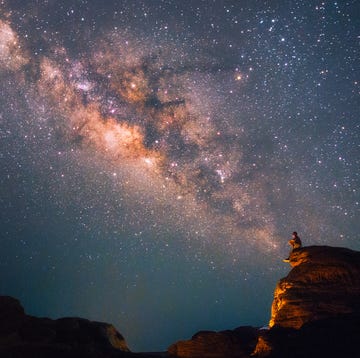- Scientists have used a giant telescope to detect the closest-ever pair of black holes.
- These black holes are 89 million light-years away from us, but just 1,600 light-years apart from one another.
- Each of the black holes is millions of times larger than the sun.
Astronomers working with the European Southern Observatory's (ESO) Very Large Telescope say there are two supermassive black holes that are likely to merge into one "monster" black hole—and not far from Earth.
These black holes were observed in NGC 7727, a galaxy just 89 million light-years from the Milky Way. (Remember that the Alpha Centauri system is just four light-years away, so 89 million light-years is only close in a relative sort of way for space.) They're disparate in size, and very huge at 154 million and 6.3 million times the size of the sun.
The ESO is headquartered in Germany and represents dozens of European nations, but its telescopes are in the Southern Hemisphere, all in northern Chile. The Very Large Telescope (yes, that's its real name) is specifically based in Paranal, Chile. Researchers from all over the world are able to collaborate on data gathered through the Very Large Telescope, but they're even more excited for the opening of the Extremely Large Telescope by 2030.
For this new research, upcoming in the journal Astronomy & Astrophysics, the Very Large Telescope got an assist from other entities in nearby space. The two black holes are at the center of their galaxy, and because they're so relatively close to Earth, lead author Karina Voggel (an astronomer at the Strasbourg Observatory in France) and her team were able to measure the black holes' effects on the surrounding stars. Then, they used that data to extrapolate the existence of the two black holes.
The "Multi-Unit Spectroscopic Explorer" (MUSE) at the Very Large Telescope helped the team out, too. "Measuring the masses with MUSE, and using additional data from the NASA/ESA Hubble Space Telescope, allowed the team to confirm that the objects in NGC 7727 were indeed supermassive black holes," ESO says in a press release.
Strangely, these supermassive black holes didn't have a strong radiation signature of their own for scientists to find—meaning it's even cooler that scientists did find them. This, Voggel says, could lead to far more discoveries of other supermassive black holes that she describes in the release as "relics of galaxy mergers." The powerful telescopes at ESO are great tools for finding these black holes, she says, which could increase our known local black holes by up to 30 percent.
These two supermassive black holes are the closest together of any pair ever found, and scientists say they're on a collision course to form one even more massive black hole. "The small separation and velocity of the two black holes indicate that they will merge into one monster black hole, probably within the next 250 million years," study co-author Holger Baumgardt, a professor at the University of Queensland, Australia, says in a statement. The merging of black holes like these could explain how the most massive black holes in the Universe come to be.
The two black holes are just 1,600 light-years apart. So, it's easy to see why scientists found it difficult to spot them in the first place, as separate entities, from 89 million light-years away. The ratio of 89 million to just 1,600 makes for an especially unlikely triangle.
What's next for supermassive-black-hole pairs? The researchers say that the Extremely Large Telescope will open up even more opportunities to identify these pairs from even further away. That'll make our "local universe" more amenable to this kind of study.

Caroline Delbert is a writer, avid reader, and contributing editor at Pop Mech. She's also an enthusiast of just about everything. Her favorite topics include nuclear energy, cosmology, math of everyday things, and the philosophy of it all.
